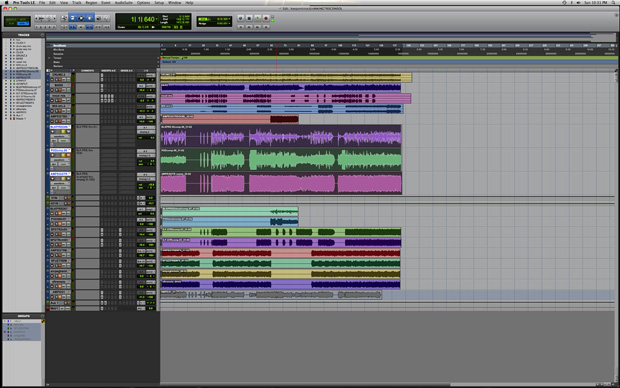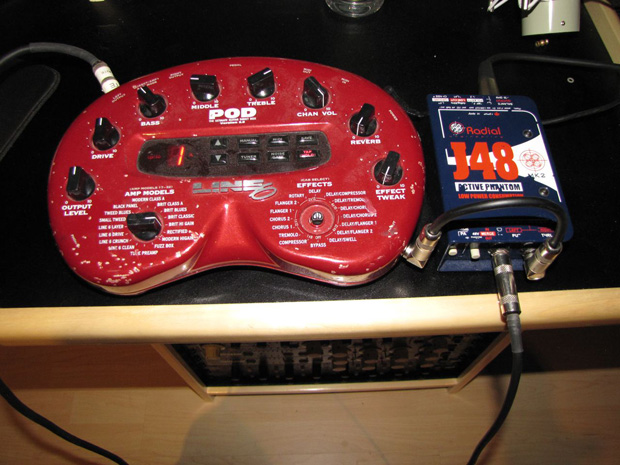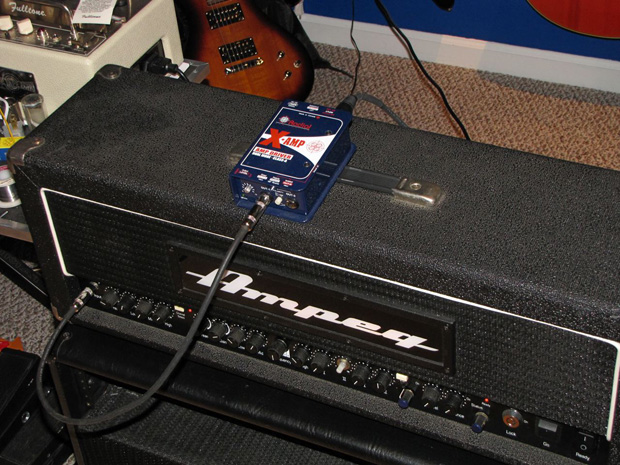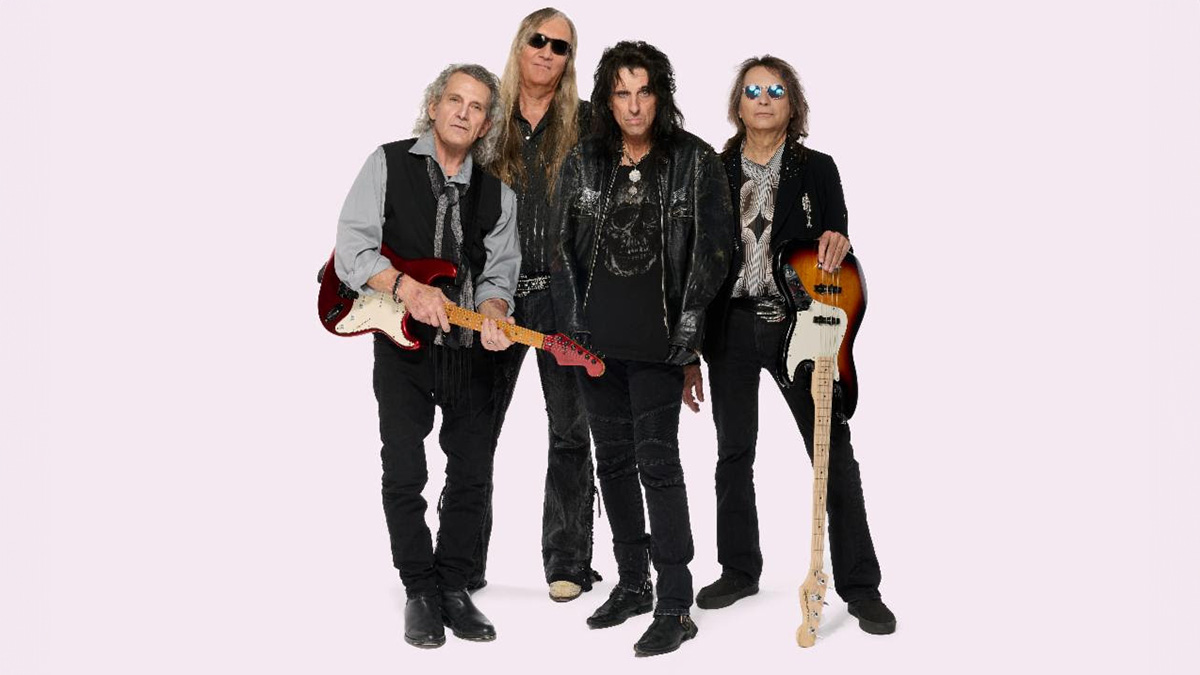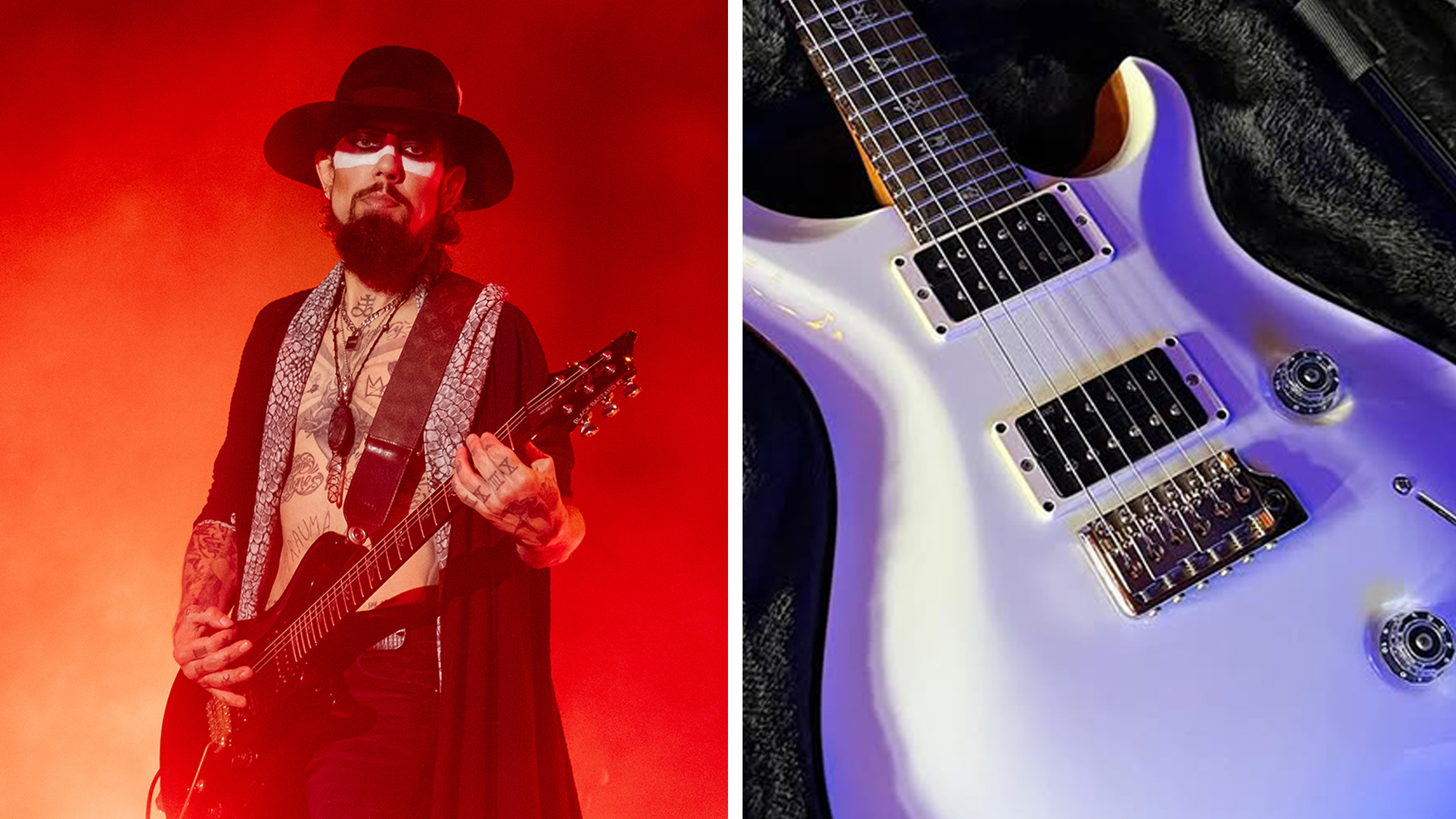Killer Guitar Tracks: Try Re-Amping When You Can't Get to a Studio
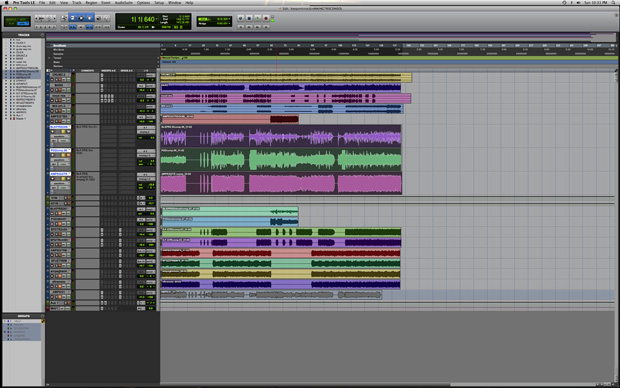
A few years ago, I had the honor and great joy to play guitar and bass on a record called Shadowman, the third solo outing from one of my heroes, Steve Walsh.
Steve is better known as the lead vocalist and keyboardist for the group Kansas. For those of you who don’t know, he is the soaring voice behind the classic radio staples “Carry On Wayward Son,” “Dust In The Wind” and “Point Of No Return.”
Besides being one the best rock vocalists in the biz, he’s worked with some of the best guitar players as well: Kerry Livgren, Rich Williams, David Ragsdale and let’s not forget the incredible Steve Morse; all are Kansas alumni.
Another guy Steve has played with is one of the best guitar players you’ve probably never heard of, by the name of Mike Slamer. Mike played with Steve in the band Streets, a great pop-rock band that put out two fantastic records in the early '80s. He later played on Steve’s solo record, Glossolalia.
Needless to say, I was a little intimidated (and extremely excited at the same time) to be not only playing guitar but also bass on this new progressive-rock record with the ominous title Shadowman.
As luck would have it, I was humming right along when it became apparent I was not going to finish all my parts before my band Collective Soul was scheduled to go out on tour. All of the sudden, I found myself scrambling and kind of freaking out a little.
These songs were not your average little pop “ditties.” They were long, complicated arrangements with almost everything double-tracked, and I really wanted to get some extra stuff on there as well and sort of out-do the original demos.
Get The Pick Newsletter
All the latest guitar news, interviews, lessons, reviews, deals and more, direct to your inbox!
This predicament is what led me to one of my favorite recording techniques ever: re-amping. Re-amping is basically the technique of recording a clean D.I.’d track straight out of your guitar and then later using a re-amping box such as Radial’s X-Amp to send it out of your DAW and to the amplifier of your choice.
This idea has basically saved my ass about a hundred times over! So what I did with Steve’s record was to get an Mbox, a nice D.I., a POD, a laptop, of course my guitar and just hole up in my hotel room whenever I had the chance, banging out tracks.
How I did it:
First I’d create two tracks in my session, one would be my pure D.I. track and the other would be my “vibe” track that was split out of the D.I. and through a POD that was set up for an appropriate sound (Another option is to use an amp-modeling plug-in on the D.I. track if you can get away with the latency issues). This way I could just listen and play along using my POD track to get a feel for how I should play the song, all the while knowing I had a great D.I. track I could manipulate later.
So whenever Collective Soul had a break, I’d go home and fire up the amps and whatever effects etc., and re-amp these tracks I’d been working on. I used Radial’s X-Amp, but I think there are a few other companies making comparable products as well. This technique is useful on so many levels; it allows you to preserve your workflow when you don’t have access to a proper studio; it gives you peace of mind knowing that if you’re not happy with your tone, you can always change it later (something I do all the time); it allows you to tailor your sound and effects to the song as it comes together; and most of all, it’s fun to hear your performance blasting out of your amp while you twiddle knobs and experiment.
Maybe you’re not able to make noise in the apartment you’re living in or maybe you’re itching to record but you can’t get in the studio right away. No problem! Just slap on some headphones and go to work; later you can fire all that stuff up, and the great thing is you won’t be wasting time in the studio trying to get the perfect take.
All you’ll have to worry about is getting killer tone, man!
Joel Kosche is the lead guitarist for the chart-topping band Collective Soul. Prior to joining the group in 2001, he was a fixture in the Atlanta music scene, playing in local bands and working part time as a guitar tech for various artists, including Steve Winwood. When he’s not on tour or in the studio, Joel, a self-professed "gearhead" and “tinkerer,” enjoys building and modifying guitars and tube-based amps. Outside of his duties with Collective Soul, he has appeared on numerous recordings, including the epic Shadowman from Kansas lead singer Steve Walsh. Most recently, Joel released his first solo record, Fight Years, a self-produced effort recorded mainly in his home studio (Flame Under Heel Studios) and released in June 2010.
